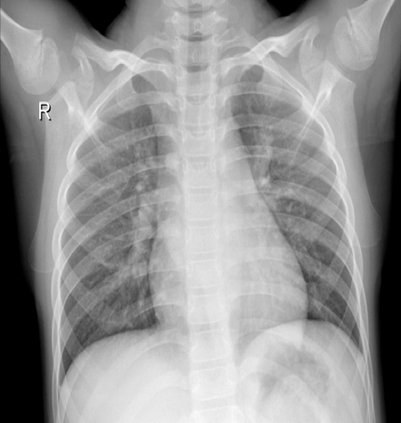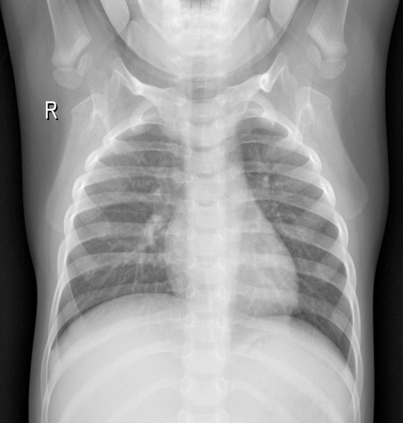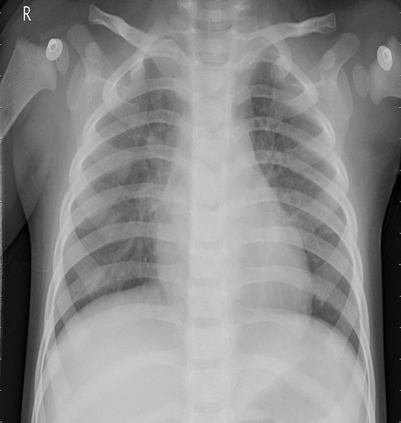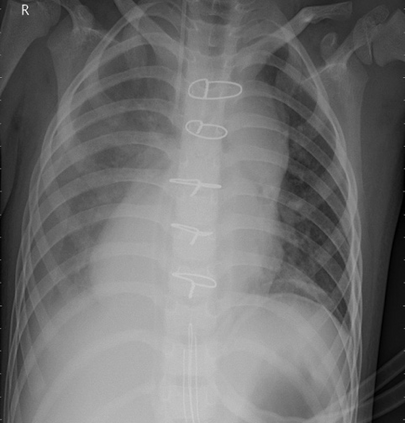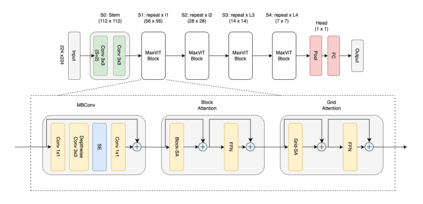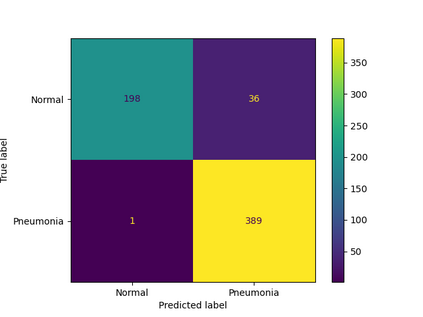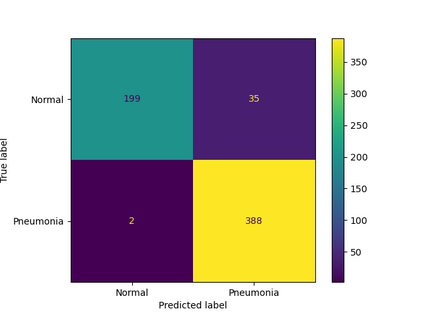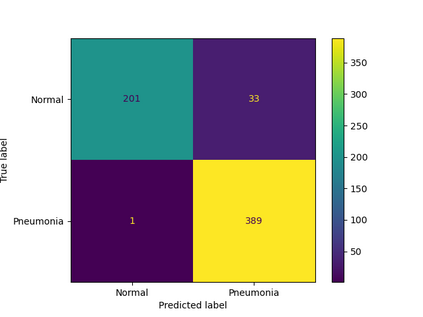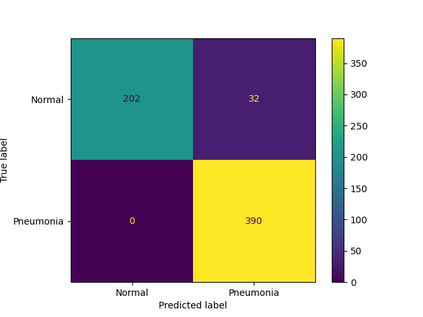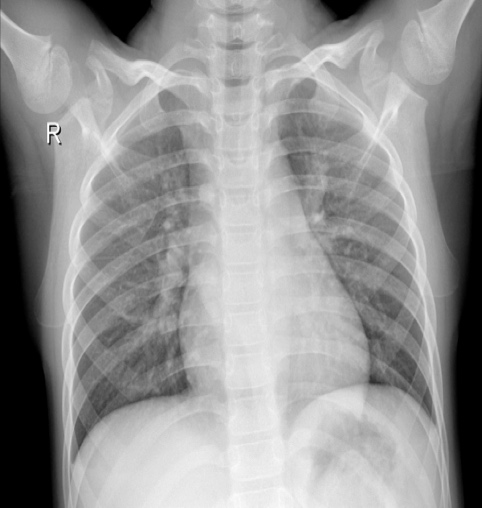Pneumonia remains a leading cause of morbidity and mortality worldwide. Chest X-ray (CXR) imaging is a fundamental diagnostic tool, but traditional analysis relies on time-intensive expert evaluation. Recently, deep learning has shown immense potential for automating pneumonia detection from CXRs. This paper explores applying neural networks to improve CXR-based pneumonia diagnosis. We developed a novel model fusing Convolution Neural networks (CNN) and Vision Transformer networks via model-level ensembling. Our fusion architecture combines a ResNet34 variant and a Multi-Axis Vision Transformer small model. Both base models are initialized with ImageNet pre-trained weights. The output layers are removed, and features are combined using a flattening layer before final classification. Experiments used the Kaggle pediatric pneumonia dataset containing 1,341 normal and 3,875 pneumonia CXR images. We compared our model against standalone ResNet34, Vision Transformer, and Swin Transformer Tiny baseline models using identical training procedures. Extensive data augmentation, Adam optimization, learning rate warmup, and decay were employed. The fusion model achieved a state-of-the-art accuracy of 94.87%, surpassing the baselines. We also attained excellent sensitivity, specificity, kappa score, and positive predictive value. Confusion matrix analysis confirms fewer misclassifications. The ResNet34 and Vision Transformer combination enables jointly learning robust features from CNNs and Transformer paradigms. This model-level ensemble technique effectively integrates their complementary strengths for enhanced pneumonia classification.
翻译:暂无翻译

